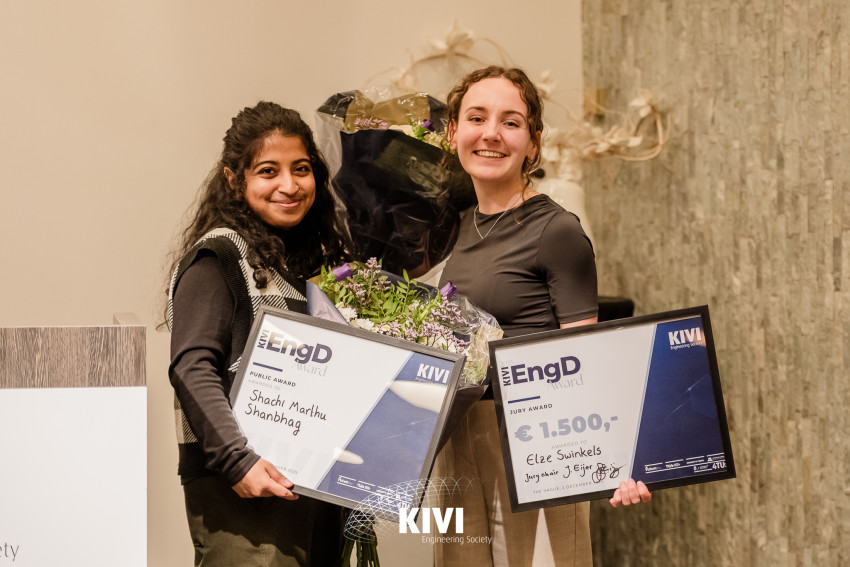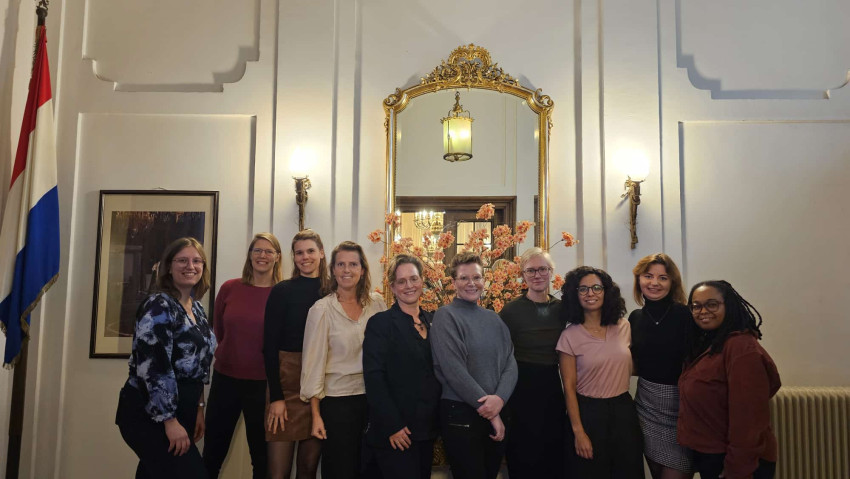
Researchers from Rijksuniversiteit Groningen managed to functionalize N-aromatic rings in one step without too extreme conditions.
A Grignard reagent was used to couple a substituent asymmetrically to a nitrogen-containing aromatic ring. At room temperature this does not work. Adding a Lewis acid is expected to react immediately with the Grignard reagent. At room temperature that would be true, but at temperatures like -78°C the reactivity of both the lewis acid and the Grignard reagent has decreased as much as is needed for the desired reaction to occur. There is still another complication that has to be overcome since most products that are relevant for the pharmaceutical industry are chiral and it is important that the correct enantiomer is formed. An asymmetric copper catalyst was found that has proper selectivity for the right enantiomer. Before this synthesis route can be used for testing medical capabilities of the products there are still some problems. The reaction temperature can already be raised to -50°C, but that should be raised further to -40°C. The method is still new and development has only just started. The article can be found at http://science.sciencemag.org/content/352/6284/433.


